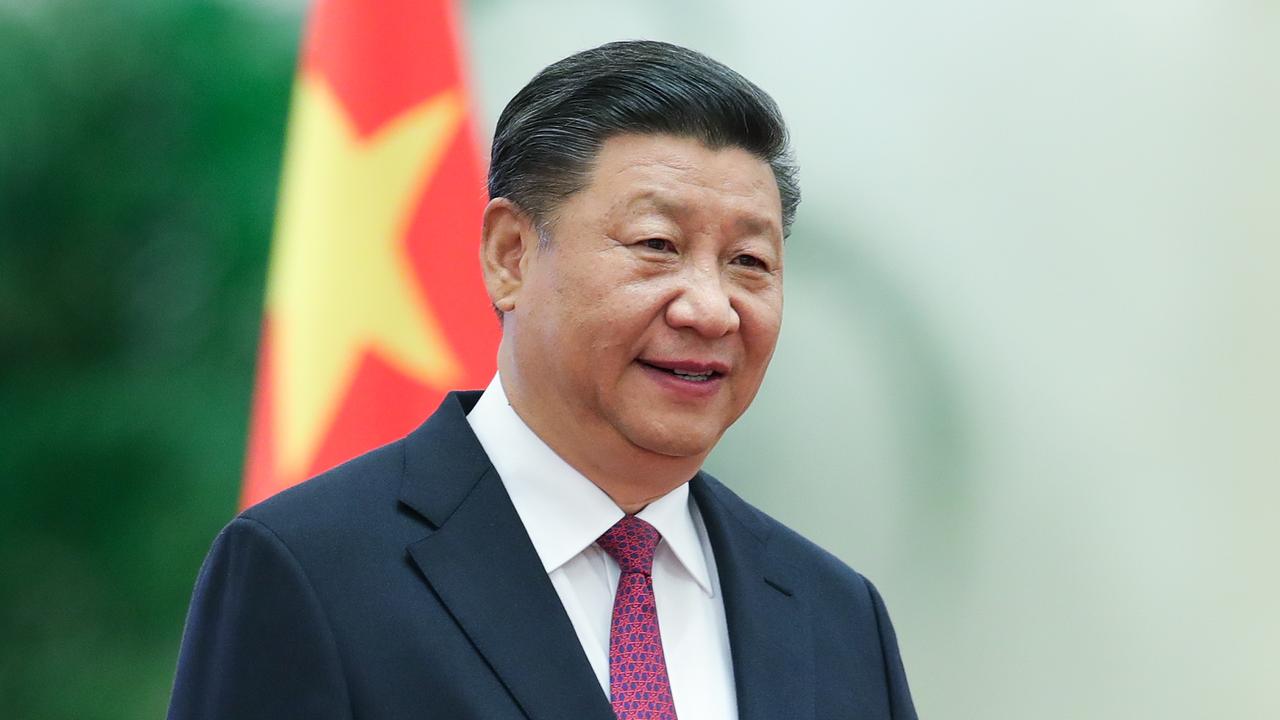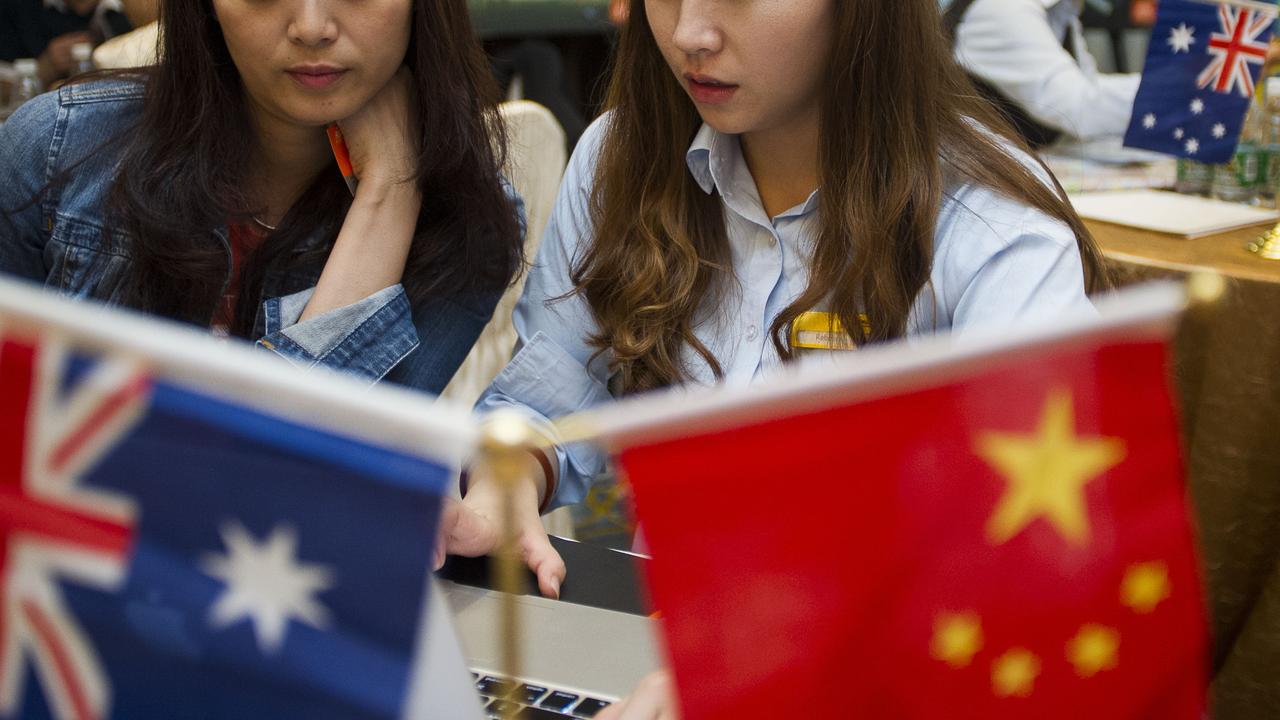Chinese investors have poured $40b into Australia in four years
A GROUNDBREAKING report reveals exactly how much money Chinese investors are pumping into Australia, and where it’s all going.
CHINESE investors have poured over $40 billion into Australia over the past four years, with almost half that finance coming from companies backed by the Chinese Communist Party (CCP).
A new database compiled by Australian National University researchers has pinpointed the extent of Chinese investment in the nation, finding there has been $40.4 billion worth of investment through a total of 262 transactions.
The entire process took more than two years and involved analysing over 10,000 pieces of unique data.
According to lead analyst Susan Travis, there were 193 unique investors in total over the four-year period, but most just made a single investment.
Interestingly, while Chinese state-owned enterprises and their subsidiaries were involved in less than 20 per cent of transactions, these transactions accounted for 47 per cent of total Chinese investment.
WHERE DID ALL THE MONEY GO?
A state breakdown revealed the vast majority of the spending went to NSW and Victoria, receiving $15.5 billion and $12.5 billion respectively.
Mining, real estate and transport were the key investment sectors, at 24.5 per cent, 21.6 per cent and 13.6 per cent respectively.
Investors have also taken a growing interest in healthcare, with investment rising from nothing in 2014 to 15.5 per cent last year.
Investment in utilities took a sharp drop between 2016 and last year, falling from 22.4 per cent to 5.7 per cent.
The only sector to receive no funding at all was public administration and safety.

Ms Travis said none of these findings — including the favouring of mining and real estate — were particularly surprising.
“I think from being in China and talking to them, the fact that Chinese investors are very interested in the high-quality healthcare that we have — I think that’s a terrific partnership,” she told news.com.au.
Chinese investment can be difficult to track, because its investors can be scattered across mainland China, Hong Kong, Singapore and Australia.
The researchers found that, of the 262 transactions made, 222 involved a privately owned investor.
They also found that investors based in China were more likely to make bigger investments — of at least $100 million — compared to investors based in Australia.
Roughly 80 per cent of Chinese investors made just a single investment over the four-year period.
Wealthy Chinese people based in Australia made 70 per cent of the investments, and they were more likely to make transactions of up to $10 million.
“These investors’ investments accounted for 42 per cent of total recorded investment activity,” Ms Travis said.
“Three investors have made more than four investments in these four years.
“These three investors’ investments have accounted for almost $2.5 billion, or six per cent of total investment during this period.”

SHARP DROP IN CHINESE INVESTMENT
The data also revealed the total amount Chinese investors poured into Australia peaked at $14.9 billion in 2016, before dropping to $8.9 billion last year — a 40 per cent decrease described by researcher Peter Drysdale as “unusual”.
Dr Drysdale said Australia needs to be “clear-eyed” about assets it’s trying to protect.
“Rather than close off Chinese investment in infrastructure, both countries need to frankly sit down and talk about how to manage the risks,” he told Fairfax Media. “There is a strong appetite for infrastructure investment funds and it can’t all be sourced domestically. China is the largest source of new capital in international markets by a significant margin.”
The drop followed the former Turnbull Government’s crackdown on foreign investment and foreign interference in Australia — a move which sparked what was referred to as a “diplomatic deep-freeze” between Canberra and Beijing.
But Ms Travis suggested it was a stretch to draw conclusions from the raw data about Chinese influence in Australia, noting there was a lot of diversity in how the investors spent their money and made decisions.
“If people are concerned — if they want to know more about this — I think that’s a good thing. Chinese investment is a really interesting trend for Australia, and people should be interested in what foreign investments and the global economy mean for them.”
The Morrison Government is now attempting to repair the relationship between Beijing and Canberra.
Meanwhile, the Department of Home Affairs is reviewing the need for the Business Innovation and Investment Program — a visa scheme that allows wealthy foreign investors to fast-track their entry into Australia if they pour $1.5 million, $5 million or $15 million into Australian “complying investments”.



